Thinking GREEN With SOIL
Soil is essential for life, and it is essential to protect this important resource. This book will guide you through science experiments that explain the properties of soil, erosion, and methods to conserve soil. Many experiments include ideas you can use for a science fair project.
"The author has done a wonderful job presenting a multitude of experiments covering the many facets of soil sciencethere's an activity for everyone!"
Kevin M. Spigel, PhD, Science Consultant
Assistant Professor of Geosciences
Unity College, Unity, Maine
About the Author
Robert Gardner is an award-winning author of science books for young people. He is a retired high school teacher of physics, chemistry, and physical science. In 2010, he received the Lifetime Achievement Award in Hands-On Science Writing from AAAS/Subaru Science Books & Films.


Image Credit: Eric Michaud
Soil is essential to our survival. Most of the plants we eat grow in soil. Soil is a remarkable combination of water and minerals that plants need to grow. It contains particles of sand, silt, clay, air, and water. It also has organic matter, such as decaying plant and animal tissues.
Global warming is causing climage changes that affect soil. Climates where certain crops thrived are no longer as productive because of higher temperatures. Climate changes have reduced rainfall in some regions. The soil has dried, and some has blown away. Other soils have been washed away by floods caused by excessive precipitation. Still more has been contaminated in various ways.
In this book, you will learn about soil. What is it made of? What are the effects of wind, rain, and agricultural activities on it? How can it be conserved to make a greener Earth? Much of what you learn will be accomplished through enjoyable experiments and other activities. They will also provide a better understanding of the scientific method.
At times, as you do the experiments, demonstrations, and other activities, you may need a partner to help you. It would be best to work with someone who likes experimenting as much as you do. In that way, you will both enjoy what you are doing. If any safety issues or danger is involved in doing an experiment, you will be warned. In some cases, to avoid danger, you will be asked to work with an adult. Please do so. We dont want you to take any chances that could lead to an injury.
Scientists look at the world and try to understand how things work. They make careful observations and conduct research. Different areas of science use different approaches. Depending on the problem, one method is likely to be better than another. Designing a new medicine for heart disease, studying the spread of an invasive plant such as purple loosestrife, and finding evidence of water on Mars require different methods.
Despite the differences, all scientists use a similar general approach in doing experiments. It is called the scientific method. In most experimenting, some or all of the following steps are used: making an observation, formulating a question, making a hypothesis (an answer to the question) and a prediction (an if-then statement), designing and conducting an experiment, analyzing results and drawing conclusions about your prediction, and accepting or rejecting the hypothesis. Scientists then share their findings by writing articles that are published in journals.
You might wonder how to start an experiment. When you observe something in the world, you may become curious and ask a question. Your question, which could arise from an earlier experiment or from reading, may be answered by a well-designed investigation. Once you have a question, you can make a hypothesis. Your hypothesis is a possible answer to the question (what you think will happen). Once you have a hypothesis, it is time to design an experiment to test a consequence of your hypothesis.
In most cases you should do a controlled experiment. This means having two groups that are treated the same way except for the one thing being tested. That thing is called a variable. For example, suppose your question is Do corn seeds germinate faster in sand than in garden soil? Your hypothesis might be that seeds germinate faster in sand than in garden soil. You would use two groups of soils. One group, called the control group, would consist of corn seeds planted in garden soil. The other, the experimental group, would consist of corn seeds planted in sand. All the seeds and soils should be treated the same except for soil type. All seeds should be planted at the same depth, soils should receive the same amount of water and be kept at the same temperature, and so forth. Sandy soil is the variable. It is the difference between the two groups.
During the experiment, you should collect data. You would record the time between planting and the emergence of baby plants. By comparing the data collected from the control and experimental groups over a few days, you would draw conclusions.
Two other terms are often used in scientific experimentsdependent and independent variables. The dependent variable here is speed of seed germination, which was believed to be greater in sand. The independent variable is soil type. It doesnt depend on anything. After the data is collected, it is analyzed to see if it supports or rejects the hypothesis. The results of one experiment will often lead you to a related question. Or they may send you off in a different direction. Whatever the results, something can be learned from every experiment.
Some of the investigations in this book contain ideas that might lead you to a science fair project. Those project ideas are indicated with a symbol ( ). However, judges at science fairs do not reward projects or experiments that are simply copied from a book. For example, a diagram of a cross section of soil would not impress most judges; however, a unique method of separating soil particles according to size might gain their attention.
). However, judges at science fairs do not reward projects or experiments that are simply copied from a book. For example, a diagram of a cross section of soil would not impress most judges; however, a unique method of separating soil particles according to size might gain their attention.
Science fair judges tend to reward creative thought and imagination. It is difficult to be creative or imaginative unless you are really interested in your project. Therefore, try to choose an investigation that excites you. And before you jump into a project, consider, too, your own talents and the cost of the materials you will need.
If you decide to use an experiment or idea found in this book for a science fair, find ways to modify or extend it. This should not be difficult. As you carry out investigations, new ideas will come to mind. You will think of questions that experiments can answer. The experiments will make excellent science fair projects, particularly because the ideas are your own and are interesting to you.
If you decide to enter a science fair and have never done so, read some of the books listed in the Further Reading section. These books deal specifically with science fairs. They provide plenty of helpful hints and useful information. The books will help you avoid the pitfalls that sometimes plague first-time entrants. You will learn how to prepare appealing reports that include charts and graphs, how to set up and display your work, how to present your project, and how to relate to judges and visitors.
Like any good scientist, you will find it useful to record your ideas, notes, data, and conclusions in a notebook. By doing so, you will be able to refer to things you have done. It will also help you in doing future projects. Your notebook should contain ideas you may have as you experiment, sketches you draw, calculations you make, and hypotheses you may suggest. It should include a description of every experiment you do, the data you record, and so on. It should also contain the results of your experiments, calculations, graphs you draw, and any conclusions you may be able to reach based on your results.

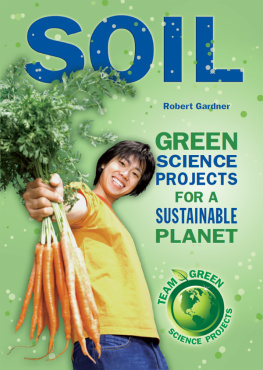

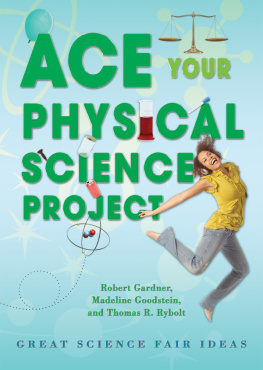

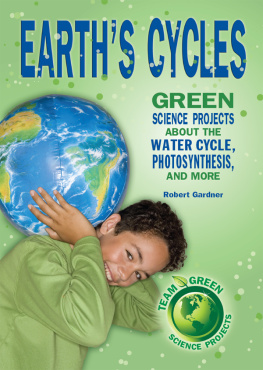
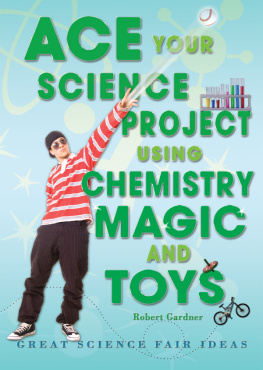
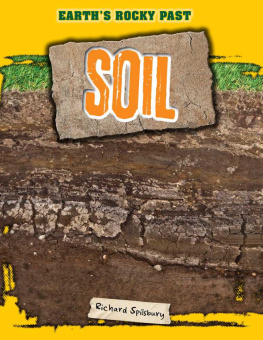
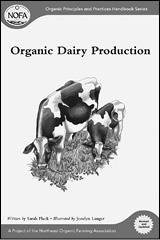
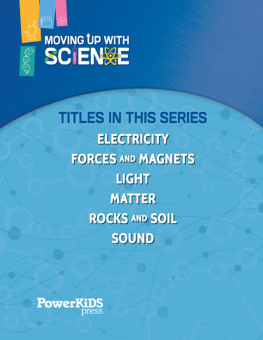
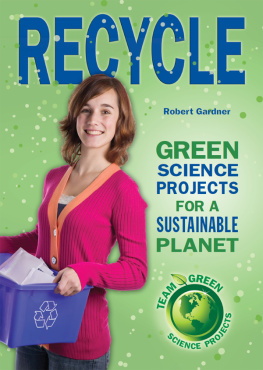
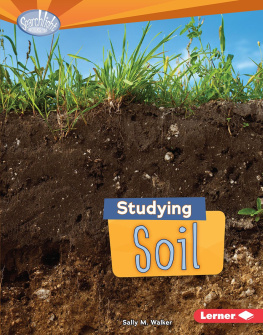
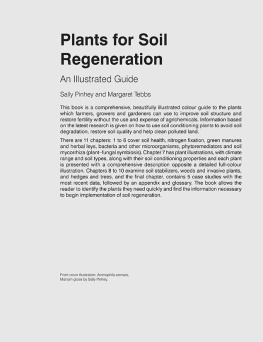
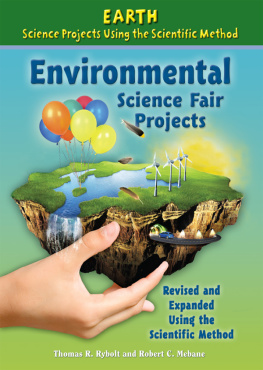

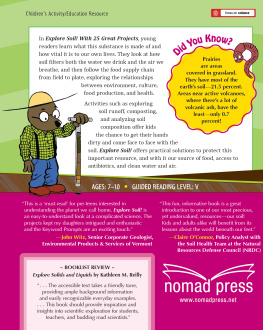

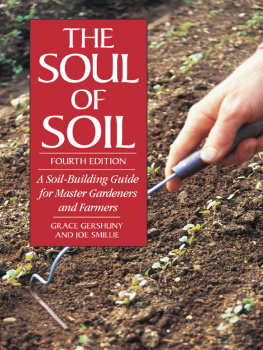



 ). However, judges at science fairs do not reward projects or experiments that are simply copied from a book. For example, a diagram of a cross section of soil would not impress most judges; however, a unique method of separating soil particles according to size might gain their attention.
). However, judges at science fairs do not reward projects or experiments that are simply copied from a book. For example, a diagram of a cross section of soil would not impress most judges; however, a unique method of separating soil particles according to size might gain their attention.